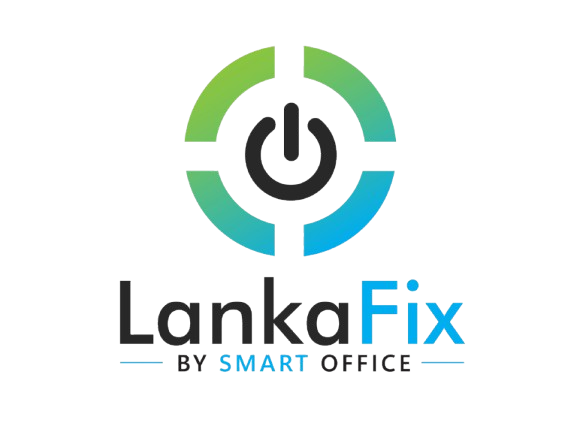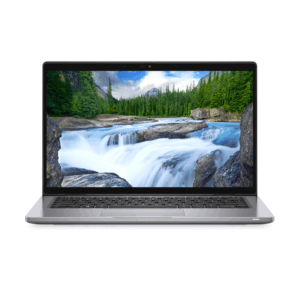Subtotal:
LKR 110,000.00

Choosing the right copier machine for your business is a critical decision that can impact productivity, efficiency, and overall operational costs. With a wide variety of copiers available, ranging from basic models to advanced multifunction devices, it’s essential to consider several factors to ensure you choose the best machine for your business needs.
This article will guide you through the process of selecting the best copier machine by exploring key factors such as functionality, print volume, speed, cost, and the latest technological features.
1. Understand Your Business Needs
Before diving into specific copier models, it’s crucial to assess your business’s unique printing and copying requirements. Ask yourself the following questions:
- What is the average monthly print volume? High-volume businesses like legal firms or educational institutions may require heavy-duty copiers with large paper trays and fast output speeds, while smaller businesses may opt for a less expensive model with moderate capacity.
- Do you need multifunctional capabilities? Many modern copiers offer multifunctional capabilities such as scanning, faxing, and emailing in addition to printing and copying. This is especially useful if you want to consolidate multiple office machines into one device.
- Color or black-and-white printing? If your business frequently produces marketing materials or client presentations, a color copier may be essential. On the other hand, black-and-white copiers may suffice for businesses focused on internal documentation.
2. Types of Copier Machines
There are several types of copier machines to choose from, each catering to different business sizes and printing needs.
1. Desktop Copiers
Desktop copiers are ideal for small businesses or home offices with low to moderate printing needs. These compact machines are affordable, easy to use, and typically offer basic functionalities such as copying, scanning, and printing.
- Recommended For: Small businesses or individual offices with light usage.
- Example: Canon ImageClass D1650, which offers black-and-white printing and copying with scan and fax capabilities.
2. Multifunction Copiers (MFPs)
Multifunction copiers (MFPs) are versatile devices that combine printing, copying, scanning, and faxing capabilities. These machines are popular in medium to large businesses that require a single device to handle multiple tasks efficiently.
- Recommended For: Businesses that need to streamline office tasks and save space.
- Example: HP LaserJet Pro MFP M428fdw, which offers high-quality printing, copying, scanning, and faxing.
3. Production Copiers
Production copiers are designed for large enterprises and print shops with high-volume printing needs. These machines offer advanced features such as high-speed printing, large paper capacity, and the ability to print on various paper sizes and types.
- Recommended For: Large companies, print shops, or industries with very high print volumes.
- Example: Xerox VersaLink C8000, a color production copier with fast output speeds and robust paper handling capabilities.
3. Key Features to Consider
When selecting a copier, pay close attention to the following features, which can significantly impact your day-to-day operations:
1. Print Speed
Print speed is measured in pages per minute (PPM). If your business requires fast turnaround times, opt for a copier with high PPM. For most businesses, a speed of 25-50 PPM is ideal.
- High-Speed Copiers: For businesses that handle a large volume of printing, choose a copier with a PPM of 60 or more.
- Moderate-Speed Copiers: For moderate use, a copier with a speed of 25-35 PPM should suffice.
2. Print Volume Capacity
Copiers are designed to handle a specific number of prints per month. Be sure to choose a copier that matches or exceeds your estimated monthly volume to avoid wear and tear.
- Low Volume: For small businesses, look for copiers that can handle 2,000-5,000 prints per month.
- High Volume: For large businesses, consider copiers that support up to 50,000 or more prints per month.
3. Paper Handling
Consider the types of paper your business uses. Do you need the copier to handle various paper sizes, such as letter, legal, and A4? Also, check the copier’s paper tray capacity to ensure it can hold enough paper to meet your daily needs.
4. Connectivity
Modern copiers often come with various connectivity options, including Wi-Fi, Ethernet, and mobile printing capabilities such as Apple AirPrint and Google Cloud Print. These features are crucial for offices with remote workers or mobile devices.
5. Duplex Printing
Duplex printing allows the copier to print on both sides of the paper automatically, saving paper and reducing costs. This feature is essential for businesses looking to minimize waste and increase efficiency.
4. Cost Considerations
When selecting a copier, it’s essential to evaluate both the upfront costs and the ongoing operational expenses. Copier costs are typically divided into three categories: initial purchase cost, cost per page, and maintenance costs.
Initial Purchase Cost
The cost of a copier can range from $200 for basic desktop models to over $20,000 for high-end production copiers. Choose a model that fits your budget while offering the necessary features.
Cost Per Page (CPP)
Cost per page refers to the average cost of printing one page, factoring in the cost of toner and other consumables. Laser copiers tend to have lower CPP for black-and-white printing, while inkjet copiers may be more economical for color printing.
- Laser Copiers: Best for businesses with high-volume black-and-white printing needs due to their lower CPP.
- Inkjet Copiers: Ideal for businesses that require high-quality color printing at a moderate volume.
Maintenance and Support
Consider the availability of maintenance plans and service contracts. Copiers that receive regular maintenance tend to last longer and experience fewer breakdowns, reducing the overall cost of ownership.
5. Energy Efficiency and Environmental Impact
With growing awareness of sustainability, many businesses prioritize energy-efficient copiers. Look for copiers with Energy Star certification, which ensures that the device meets energy efficiency standards. Energy-efficient copiers not only reduce your carbon footprint but also lower electricity costs over time.
6. Top Copier Brands to Consider
Several top brands are known for producing reliable, high-performance copiers. Some of the best brands include:
- Canon: Known for producing versatile copiers with excellent print quality and durability.
- Xerox: Offers a wide range of copiers, from small office machines to high-volume production copiers.
- Brother: Known for affordable and efficient models, ideal for small to medium-sized businesses.
- HP: Offers a range of multifunction printers (MFPs) with cutting-edge features like mobile printing and cloud integration.
7. Leasing vs. Purchasing
If the initial cost of purchasing a copier is too high, leasing is a viable option for many businesses. Leasing allows you to spread the cost over a longer period, and some leases include maintenance and toner supplies. However, purchasing can offer long-term cost savings if your business plans to use the copier for several years.
Conclusion
Selecting the best copier machine for your business involves carefully considering your printing needs, budget, and desired features. Whether you need a simple desktop copier or a high-speed multifunction machine, it’s essential to choose a model that supports your business’s current and future demands. By assessing factors such as print volume, speed, connectivity, and cost, you can make an informed decision that boosts productivity and efficiency in your office.
Sources:
- “Best Multifunction Copiers for Small Businesses 2024” – TechRadar: https://www.techradar.com
- “Choosing the Right Copier for Your Office” – Business News Daily: https://www.businessnewsdaily.com
- “Energy Efficient Copiers and Printers” – Energy Star: https://www.energystar.gov

